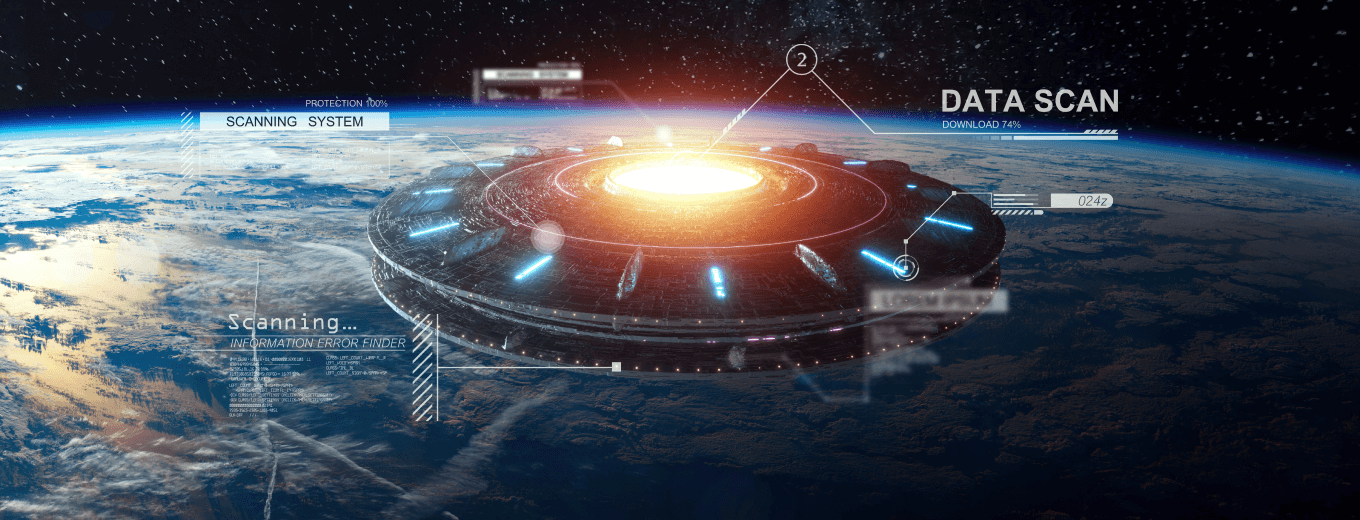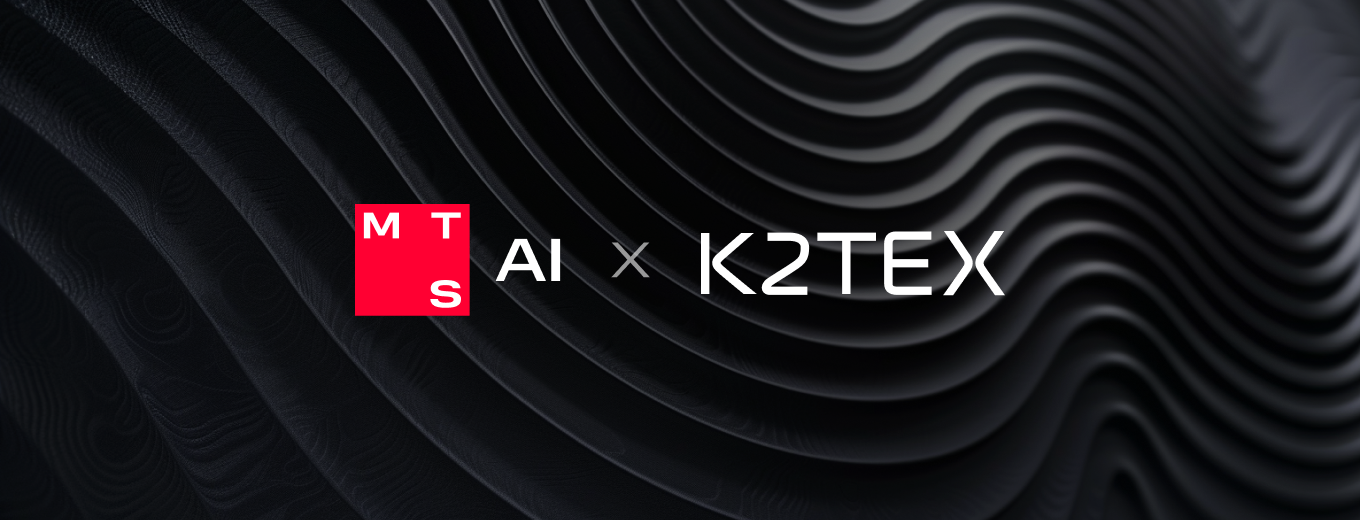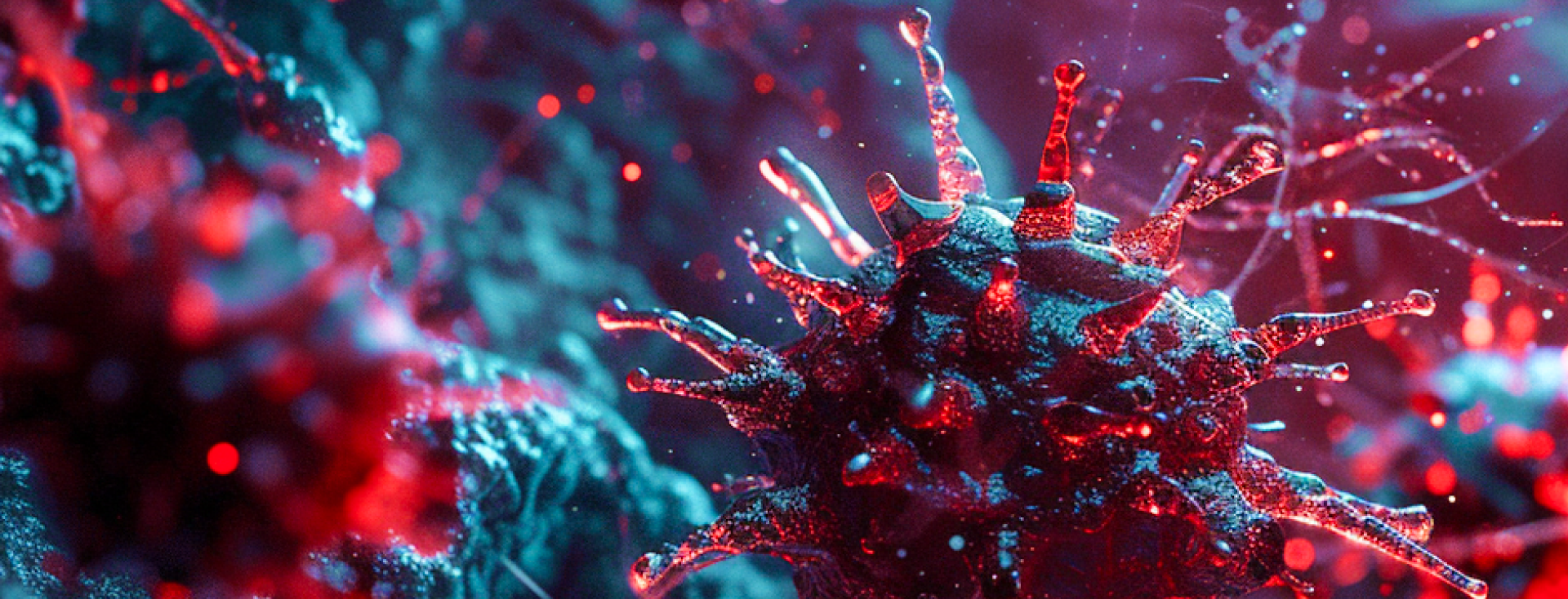Neural networks for hunting aliens, competition between Google and ChatGPT, NASA and IBM technologies for studying Earth, mystery of learning in context, artificial intelligence against inflation in Argentina and the robotic painting system FRIDA. All this awaits you in the new issue of #InfocusAI. Happy reading!
AI-focused digest – News from the AI world
Issue 11, 26 January – 9 February 2023
Artificial intelligence joined the hunt for aliens
An international team of scientists led by researchers from Toronto has developed an AI algorithm that will facilitate the search for extraterrestrial technosignatures in a large stream of radio data from space. Technosignatures are signals that indicate the presence of technology and can be regarded as evidence of the existence of intelligent alien civilizations. To single them out is like finding a needle in a haystack. The obstacle is a large number of interference from the Earth, coming from phones, WiFi, satellites and other equipment. The new development of scientists is designed to separate the “real” technosignatures from “false positives”. They tested the system on 150 terabytes of data (that’s 480 hours of observations) from the Green Bank radio telescope in the US, and it helped them identify eight previously unidentified technosignatures. So far, it has not been possible to “catch” them again, but observations continue. In a readily understandable format the project is described in the article on The Conversation, and scientifically – in the journal Nature Astronomy.
Google is preparing to launch a competitor of ChatGPT
Google will soon present to the public a smart chatbot called Bard to compete with ChatGPT, the BBC News reports. The news followed immediately after the media leaked information about Microsoft’s plans to upgrade its Bing search engine with ChatGPT and move Google from the search engine Olympus. Bard is built on the LaMDA large language model and will initially run on a lighter version of it – with less energy consumption. So far, it is in the hands of testers. “Bard seeks to combine the breadth of the world’s knowledge with the power, intelligence, and creativity of our large language models,” Google’s head Sundar Pichai outlined their aspirations. The news reports that LaMDA is so “human” in its responses that it can be considered intelligent. In one of our previous #InfocusAI issues, we wrote that it would not be easy to take away Google’s status as the world’s main search engine. The confirmation of this thesis was not long in coming.
AI from IBM will serve NASA to study the Earth
NASA’s George Marshall Space Flight Center intends to implement several projects using IBM’s artificial intelligence foundation model to study the Earth. We are talking here about large models of AI, trained on a huge array of unlabeled data and applied to various tasks. In particular, within the framework of one of the projects, the foundation model from IBM will be trained on records from Earth-orbiting satellites observing changes in land cover and land use. It will be able to analyze petabytes of data on natural disasters, cyclical crop yields, wildlife habitats, etc., thus helping researchers to study changes in the planet’s ecological systems. Another IBM and NASA project will aim to facilitate the search for scientific information about the Earth using NLP. Also mentioned among the potential areas of cooperation is the creation of a model for forecasting weather and climate change using MERRA-2, a set of atmospheric observational data. More information about all the projects is available in the IBM press release.
A robot named FRIDA
Carnegie Mellon University’s Robotics Institute now has a “full-time artist”. FRIDA, a robotic arm named after the artist Frida Kahlo, uses artificial intelligence and collaborates with people to create “works of art”. In fact, FRIDA stands for Framework and Robotics Initiative for Developing Arts. This project explores the intersection of human and robotic creativity. The development uses technologies similar to ChatGPT and DALL-E: you ask the robot to draw or copy something, giving a text description, providing a photo or other works of art for inspiration, and it performs the task. However, FRIDA takes one step forward – it transfers creativity from the digital world to the real world. Though, the project leader emphasizes that FRIDA is a robotic painting system, not an artist. It doesn’t generate ideas for communication, it’s just a system that a true artist can collaborate with. You can look at the bizarre pictures of the robot and learn more about the technologies in its basis in the original news on the university’s website.
Scientists unravel how LLMs can master new tasks without new training data
Researchers from the Massachusetts Institute of Technology, Google Research and Stanford University published an article in which they offered an explanation for such a phenomenon as “learning in context.” This is when large language models like GPT-3 learn to perform a new task with just a few examples and without new training data. Basically, the ML-model, in order to perform an unusual task, must be additionally trained with new data. During the training, the model updates its parameters as it processes the information. When learning in context, no new training data arrives, and the model parameters are not updated. So it seems that it is learning a new task without learning anything at all. There is an assumption that since LLMs are trained on a huge array of texts from the Internet, in a new task they simply repeat previously seen patterns. However, scientists believe that they are able to really learn. An LLM can contain smaller linear models that, using a simple algorithm, can be taught to master a new task on data already existing within the LLM. A better understanding of this phenomenon, the researchers say, will lead to more sophisticated and faster training methods. For details, go here.
The Argentine government will fight inflation with the help of AI
The Argentine government intends to apply artificial intelligence to monitor prices in real time, Bloomberg reports. The corresponding software for this was developed by the state-run agency Arsat. AI should help the government in the implementation of the latest unorthodox anti-inflation measures such as freezing prices for some goods and agreements with businesses to limit price increase in order to prevent a decrease in economic activity. The task of AI will be to track how much the cost of products in stores corresponds to the agreements concluded. Inflation is the main problem of Argentines, which has not been solved for many years. Time will tell how effective the new measures will be and whether AI will help in their implementation.













